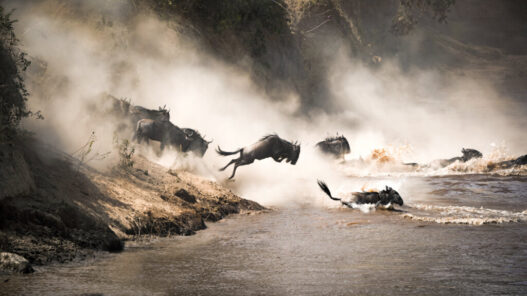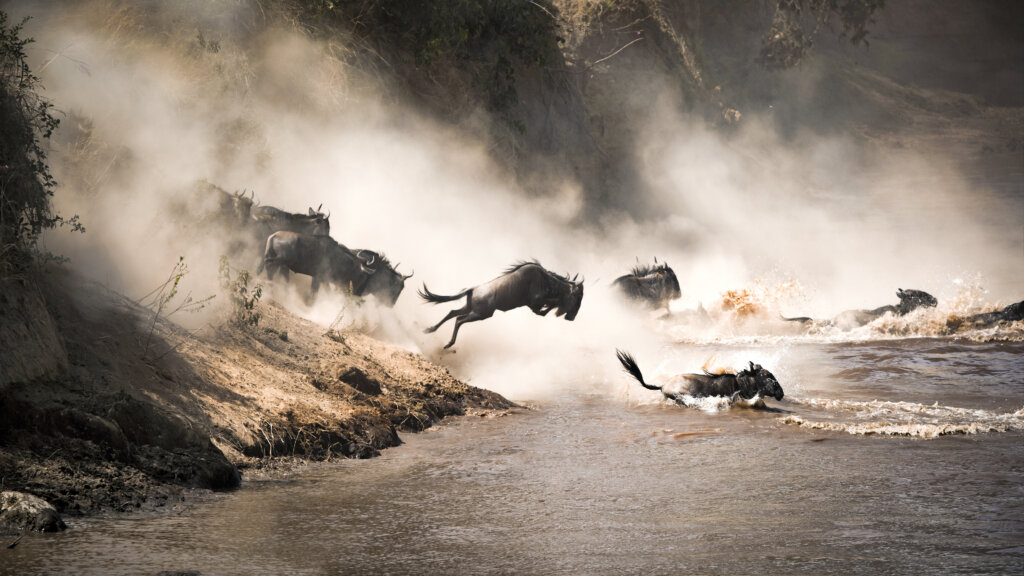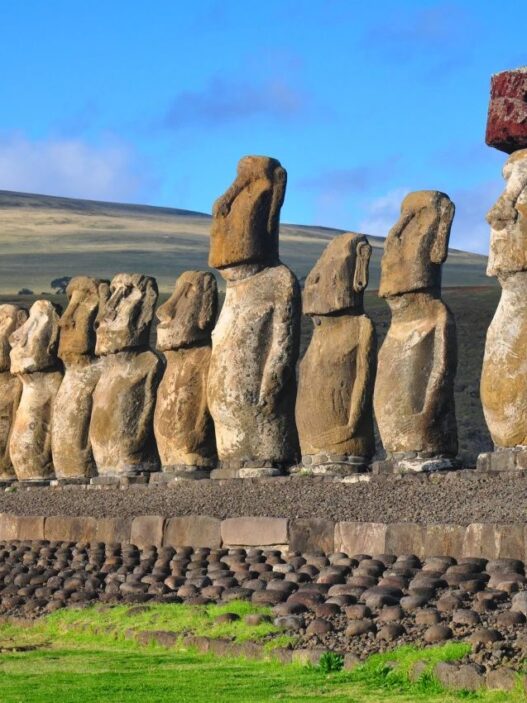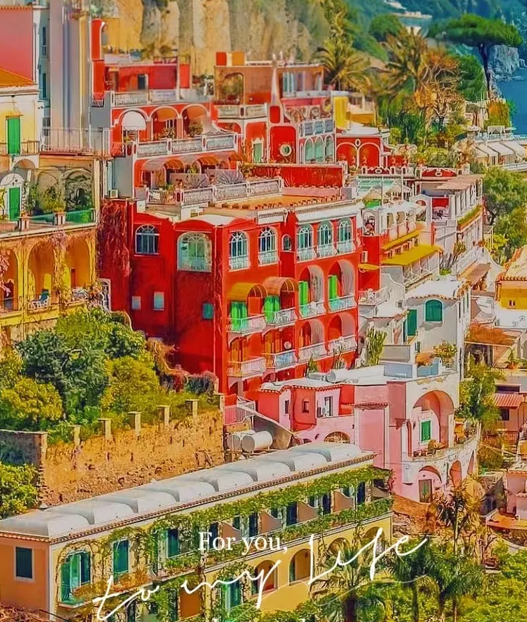“There’s a place on Earth where life remains in its most primitive stage, where countless animals roam freely.” — The African Savanna movie
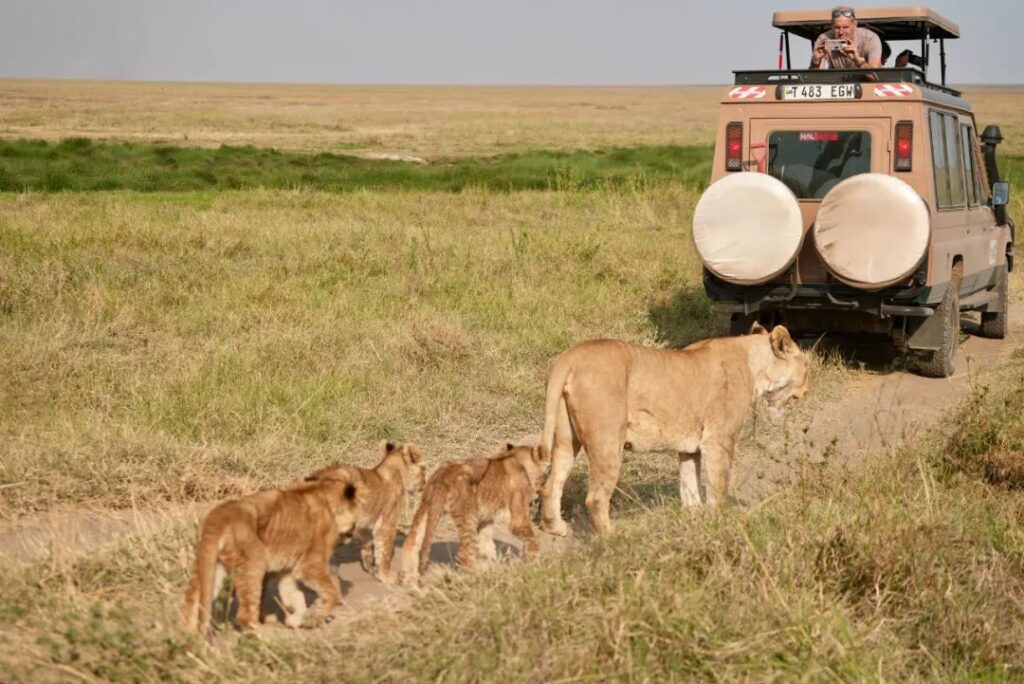
Africa, mysterious and primal yet grand in scale, is a paradise for wildlife. Every inch of land transforms into dreamlike scenes, and every life unfolds in ways beyond imagination.
When Can You See the Great Migration?
Many people might have a misconception, considering the “River of Heaven Crossing” as the sole spectacle of the Great Migration, believing that only visiting Tanzania in July or August to witness this crossing is the true experience. While the “River of Heaven Crossing” is indeed the most spectacular and famous part of the migration, in reality, you can observe the Great Migration in Tanzania almost year-round.
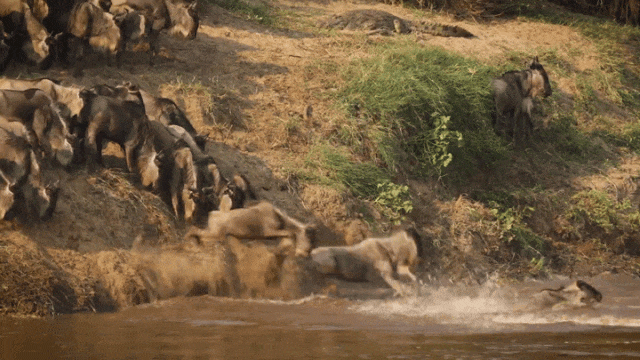
The true Great Migration of East Africa refers to the regular annual movement of over 1.5 million wildebeest, 300,000 zebras, and 500,000 gazelles in search of water and grass.
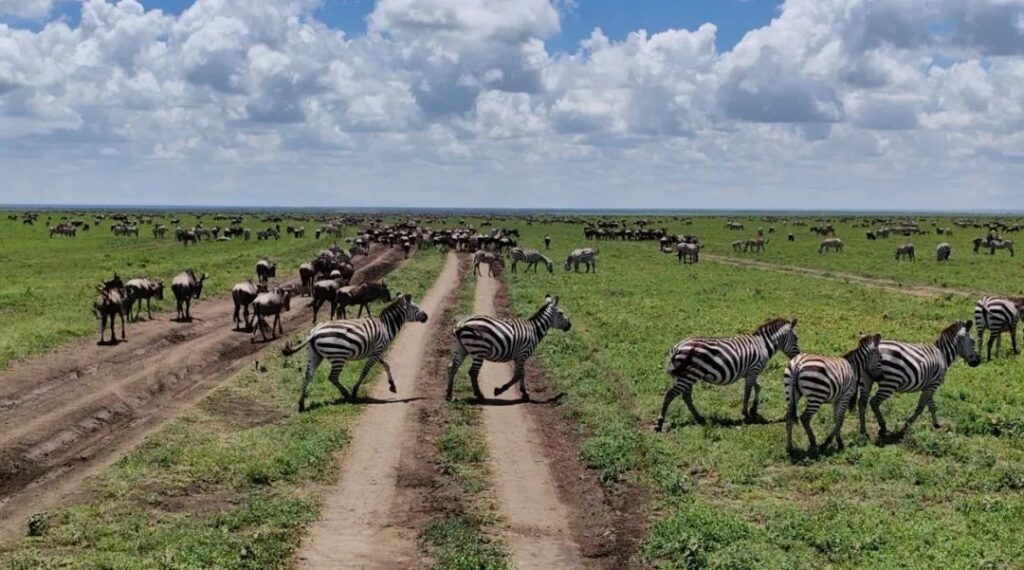
January to March
The breeding season, where the southern short-grass plains of the Serengeti witness the world’s largest birth peak, with over 700,000 baby wildebeests born. You can witness births at any time.
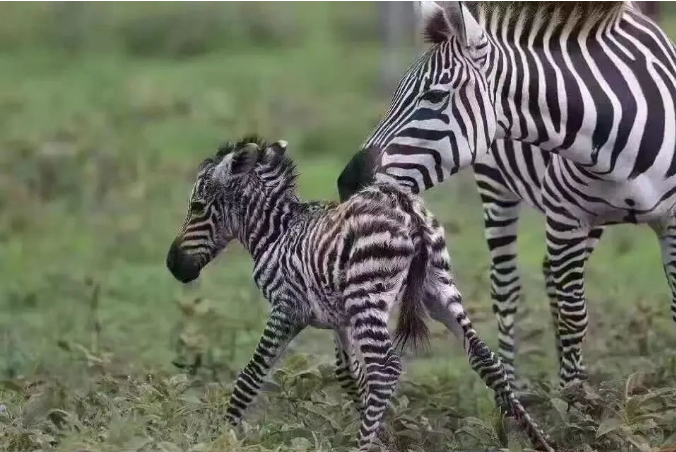
April to May
Head to Grumeti for river crossings and the central Serengeti, where it’s not as dry, and you can also see animals walking through the wildflowers. The rainy season offers great value too!
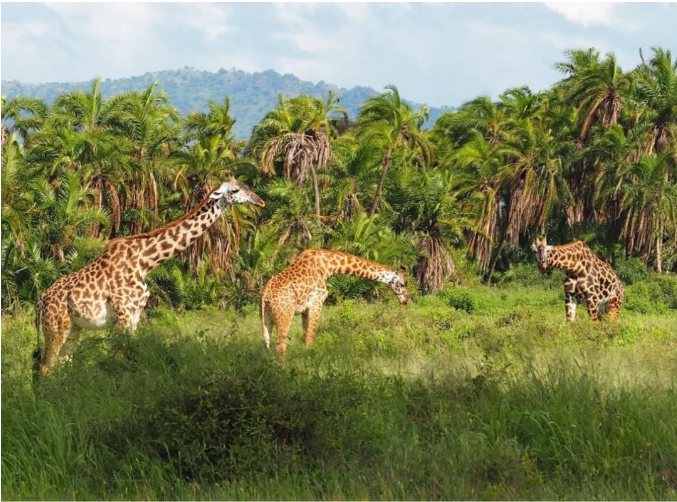
June to October
The herds cross the Grumeti and Mara Rivers, reaching the Maasai Mara, where the world-famous river crossing occurs. At the Mara River’s “River of Heaven,” witness the once-in-a-lifetime spectacle!
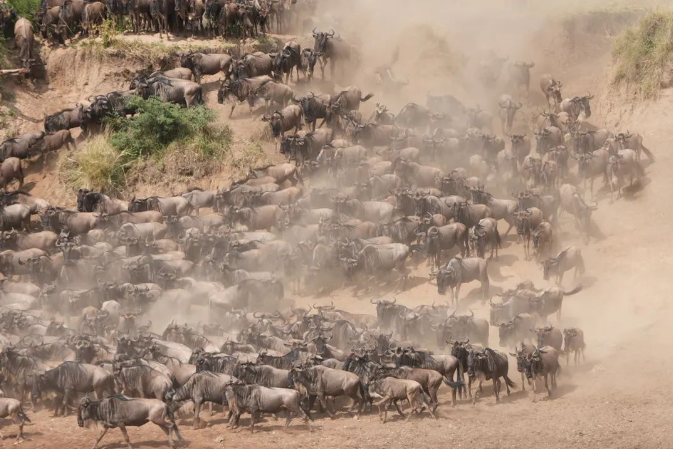
November to December
During the short rains, the herds return south to the Serengeti. As the rains begin, they cross the Mara River southward from Kenya’s Maasai Mara, back to the Serengeti.
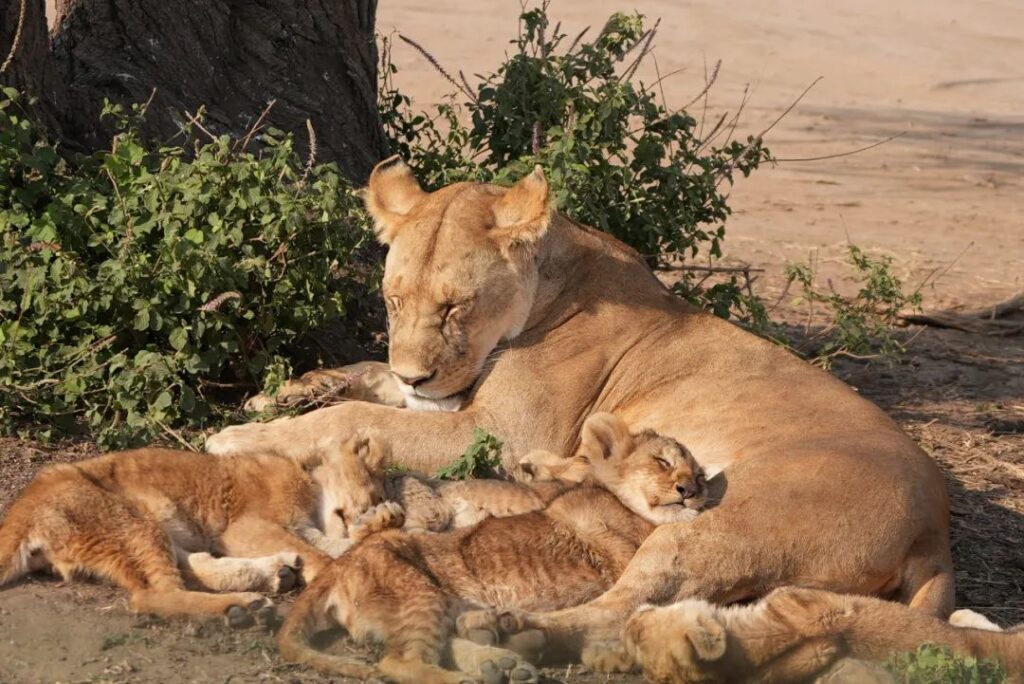
The Great Migration
The East African wildlife migration takes place between Tanzania’s Serengeti Plains and Kenya’s Maasai Mara, involving wildebeests, zebras, and gazelles in search of water and food.
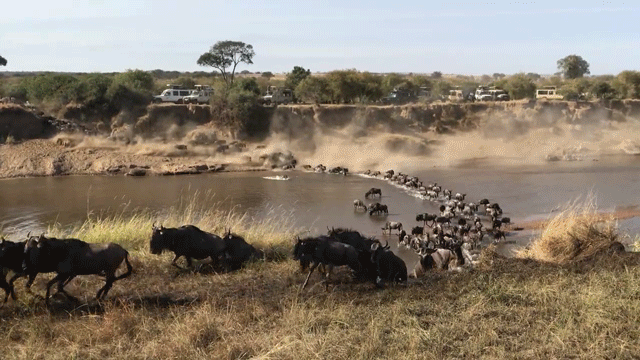
Throughout the migration, over 80% of the time is spent in Tanzania’s Serengeti. The crossing of the Mara River, known as the “River of Heaven,” starts in August and continues until late September or early October.

Before the short rains of Tanzania arrive in November, the wildebeests leave the Maasai Mara, heading south to return to the Serengeti, beginning another cycle of migration.
Tanzanian Government’s Strict Visitor Limits
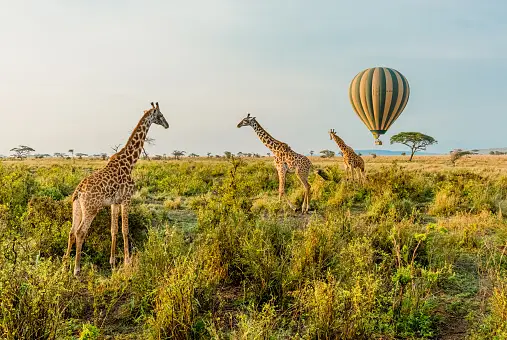
The Tanzanian government takes wildlife conservation seriously, imposing strict visitor limits within the parks. From the parks’ inception, a principle was set: never to develop mass tourism at the expense of the environment. The number and quality of hotels are strictly controlled. Hotels within the Serengeti are very limited, mainly luxury, with few budget options, which also limits the number of visitors due to pricing. In Tanzania, you can immerse yourself in nature, quietly observing the habits and beauty of wildlife, enjoying a more authentic, primitive safari and in-depth photography experience.







